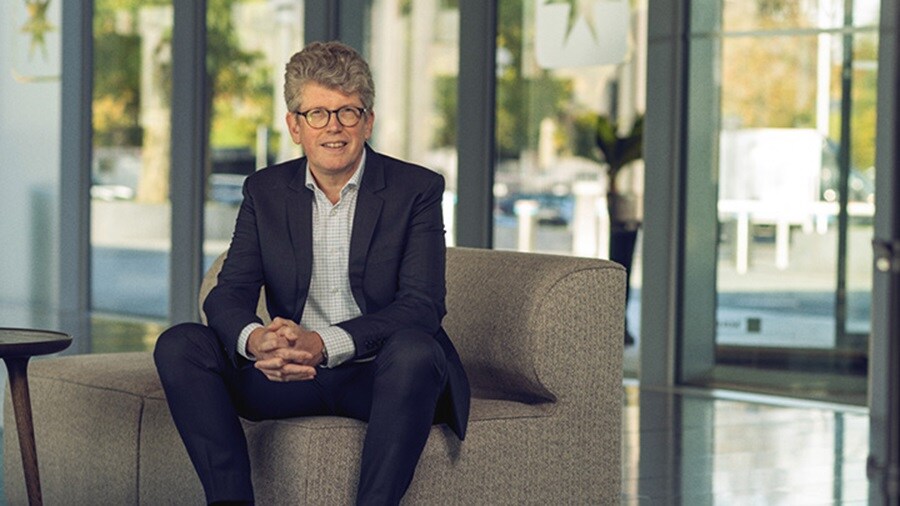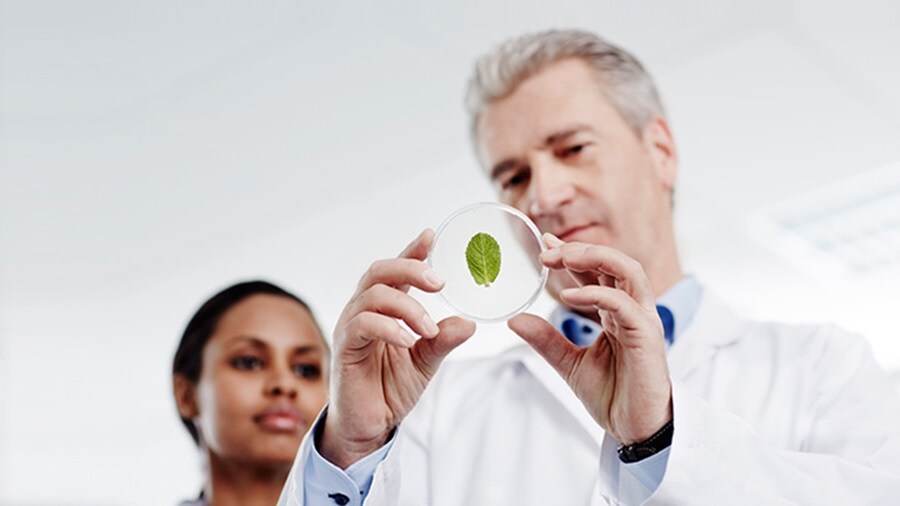Maersk has pledged to decarbonise its entire business by 2040. This updated commitment coincides with Maersk’s aim to become the end-to-end integrator of container logistics and follows a series of investments to stay at the forefront of sustainable logistics; including new technologies, new fuels, and new vessels.

Global Vertical Head of Chemicals for A.P. Møller-Maersk, Patrick Hore, explains that sustainable partnerships built on collaboration and trust are key to the success of this ambitious mission.
Maersk’s bold transition to environmentally sustainable logistics and supply chain management will cover all areas of operations: from sea and air to rail and road. This transition will offer solid, strength-in-depth support to customers who are either embarking on – or have reached a critical stage – of their own decarbonisation journeys.
Currently, the global transport and logistics industry produces approximately 3.5 billion tonnes of Greenhouse Gas (GHG) emissions per year. Maersk has been very transparent about its own contribution to the issue, with a share of around 1% of the total transport and logistics emissions recorded.
With Maersk’s ambitious Environmental, Social, and Governance (ESG) goals feeding directly into their end-to-end (E2E) integrator strategy, the company already offers several innovative solutions to support its customers with emissions insights and ways to decarbonise their supply chains (Scope 3), from low emissions shipping solutions such as Maersk ECO Delivery to electric trucks and low emission warehouses.
Additionally, sustainable aviation fuels will power 30% of Maersk’s air freight by 2030, and orders have been placed for 19 dual-fuel container ships capable of running on green methanol.
The first of these green methanol compatible vessels is due to launch on Scandinavian routes as early as next year. Once all 19 ships are operating on international trade routes, an estimated 2.3 million metric tonnes of CO2 emissions will be saved annually.
Hore elucidates, “Back in 2018, we set up a goal to decarbonise our shipping operations by 2050, an ambitious target at that time. It became very clear early on that while decarbonising ocean freight was key to our strategy, we needed to expand our target to other parts of the business to align with our business strategy and go hand in hand with our positioning as a leading partner in sustainability.
“At the same time, science is telling us that we cannot wait to limit global warming and temperature rise to 1.5 °C and we have seen interest from our customers to join forces in that challenging and yet necessary journey. That’s why our net zero target has been brought forward from 2050 to 2040. We aim to offer 100% green solutions by that date.”
He adds, “We know this will not be an easy target to achieve, and we certainly need close collaboration with customers, suppliers and other actors to make it happen. We really mean business and are very clear about the need to make radical, far-reaching change for the better. We want to be part of the solution, not the problem.
“Maersk has already invested heavily in digitalisation and decarbonisation projects and made big decisions to be at the head of the discussion. For instance, we completed the order for the dual-fuel vessels when it wasn’t clear if there would be enough ‘green’ fuels available to power them.”
Patrick points out that this investment in new sustainable vessels has helped start addressing the “chicken or the egg” dilemma in the shipping industry. The availability and costs of green fuels is one of the challenges the industry must address to meet its targets. What comes first – the green fuel availability or the capital investments at scale?
Our initial investments made fuel suppliers come forward to develop strategic partnerships with Maersk. They saw it as good for their industry and good for ours too, so it’s been a win-win all-round.
“It made a real statement to the market. If I use the analogy of looking in our rear-view mirror, we are seeing other carriers and suppliers coming in behind us in a solid show of support, which is fantastic.”
“That’s just one example of the partnerships we are seeking to build. We are very open to collaboration and co-innovation, and there’s already been a hugely positive response from both customers and suppliers.”
Even ongoing economic turmoil hasn’t tempered Maersk’s appetite for change. Hore explains, “We know our customers have conflicting priorities, but in our experience, it hasn’t changed their approach to sustainability.
“If anything, there is an increased sense of urgency. Decarbonisation targets aren’t being ‘grandfathered’ in. They are real and they need to be achieved. Some of our customers are also linked into their origin country’s national targets and need to demonstrate how they can achieve those too.”

To date, the chemical industry has primarily focused on reducing Scope 1 and 2 emissions – those that are directly controlled by the company itself, such as production and operation emissions. Looking forward, it is clear that the industry is shifting focus to also include Scope 3 emissions (i.e. company supply chains) and that involves supply chain management. Maersk has been honing its offerings so that the company can be integral to the reduction of Scope 3 emissions for their partners.
Hore continues, “We can share our solutions with customers approaching Scope 3, while those already working on these targets have possibly reached the stage where partnerships are needed to help them reach the next level.
“Very difficult issues must be tackled, and we are acutely aware that neither we, nor our customers, can do this alone.
“By working together, we can identify links in the supply chain which fall short of decarbonisation goals. For instance, Maersk has invested in over 400 electric trucks in North America, but the current charging infrastructure is limited. So, we are looking at ways to make best use of biofuels and short shuttle journeys, for example.
“Maersk will continue to invest in green solutions and invite our partners in the chemical industry to collaborate and co-innovate to achieve these common goals.”
This article was originally published in the Chemicals Industry Journal. To start achieving your supply chain management sustainability goals with Maersk, email Patrick Hore here.
无论您需要什么,我们都可以随时为您提供帮助
I agree to receive logistics related news and marketing updates by email, phone, messaging services (e.g. WhatsApp) and other digital platforms, including but not limited to social media (e.g., LinkedIn) from A. P. Moller-Maersk and its affiliated companies (see latest company overview). I understand that I can opt out of such Maersk communications at any time by clicking the unsubscribe link. To see how we use your personal data, please read our Privacy Notification.
By completing this form, you confirm that you agree to the use of your personal data by Maersk as described in our Privacy Notification.
